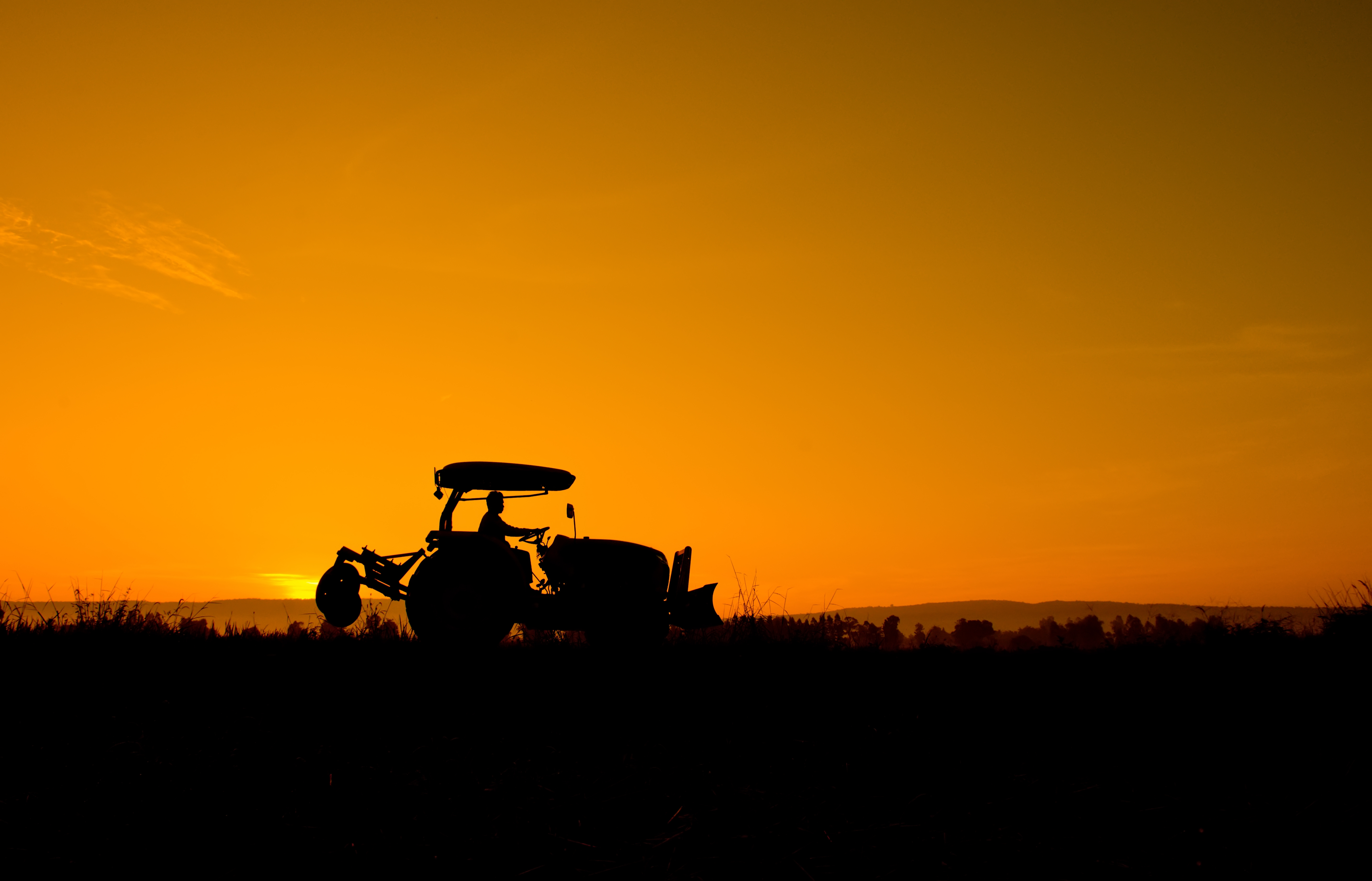The regulatory landscape for agricultural robotics is evolving rapidly, and that's actually good news. Clear rules mean more confidence in your investment, better protection when things go wrong, greater control over your farm data, and continued innovation in the sector. Yes, there are legal considerations when adopting agricultural robotics, but they shouldn't be a barrier. Instead, think of this regulatory framework as providing guardrails that protect you while allowing innovation to flourish. The future of farming is increasingly automated, and the EU is working to ensure that future is safe, fair, and beneficial for farmers. The adoption of agricultural robotics represents a significant shift in how we farm, and like any major change, it comes with questions and uncertainties. But armed with a basic understanding of the regulatory environment, you can approach these technologies with confidence, knowing that there are frameworks in place to protect your interests while supporting innovation that can make your farm more productive and sustainable.
Acknowledgments: this blog post is based on the research carried out by Rocco Limongelli (the author) and Andrea Bertolini, in the writing of the book chapter Regulatory frameworks and standards for agricultural robotics in the European Union in the book Advances in agri-food robotics.
Bertolini, A., & Limongelli, R. (2024). Regulatory frameworks and standards for agricultural robotics in the European Union. Burleigh Dodds Science Publishing.






